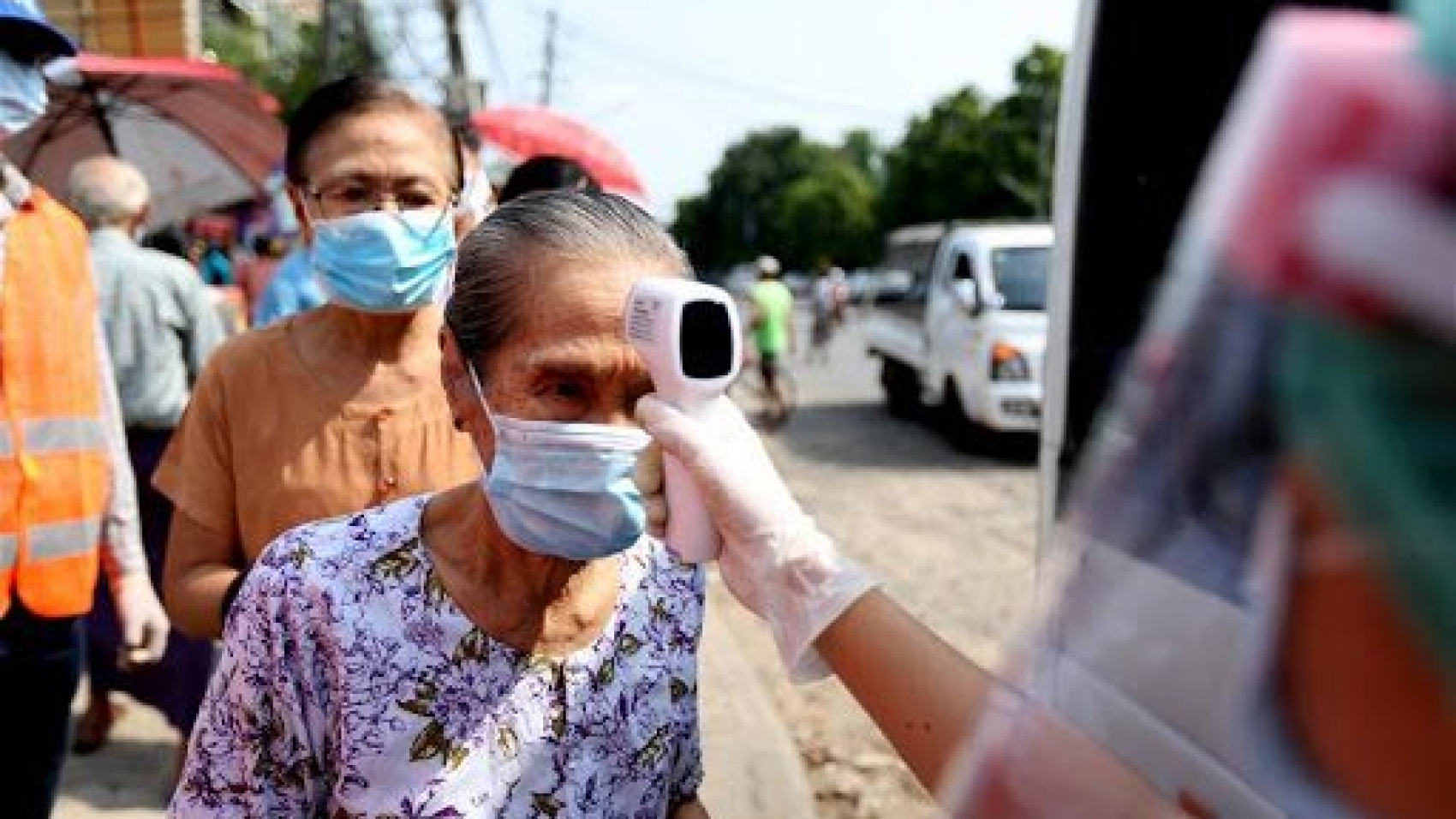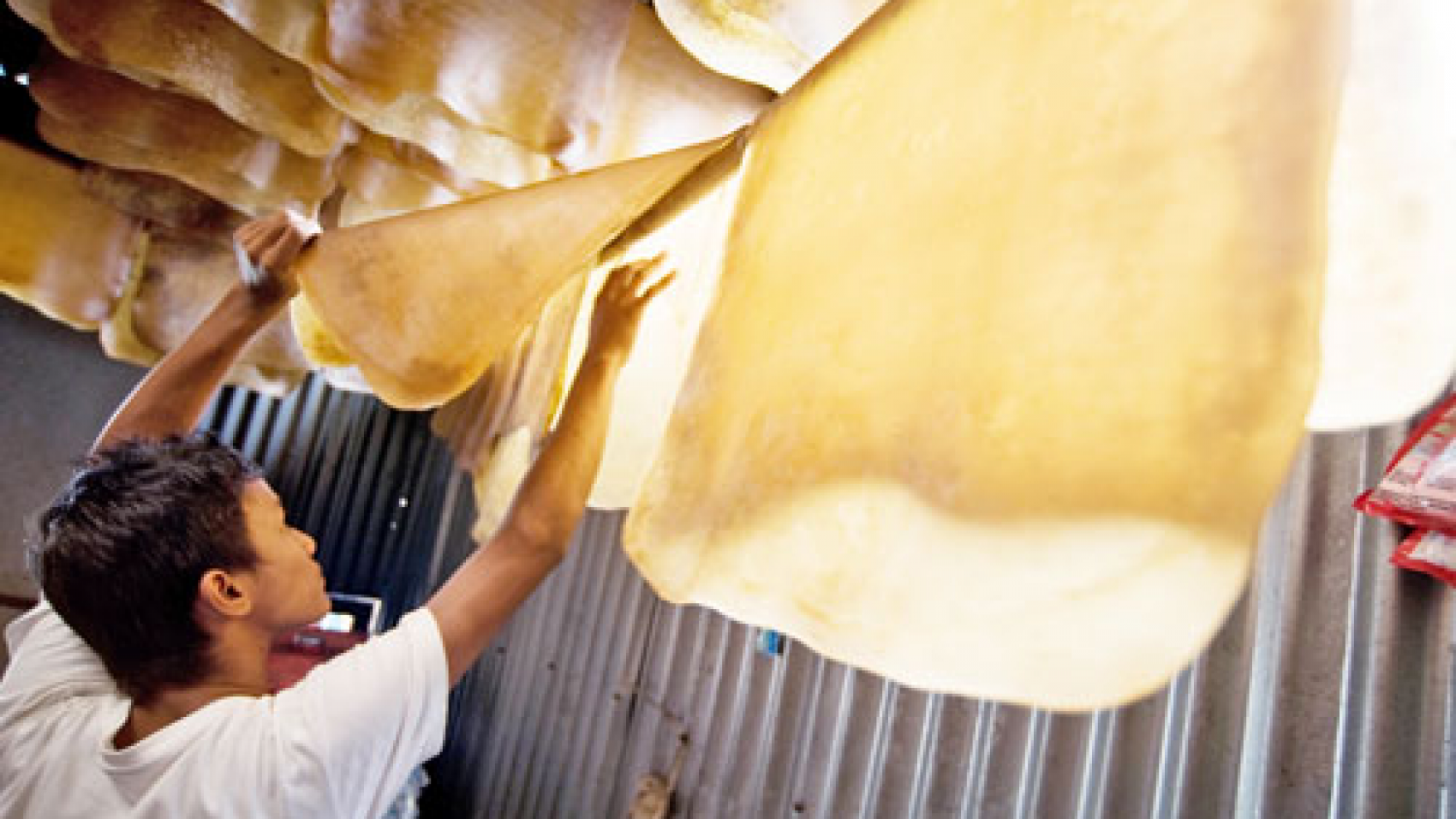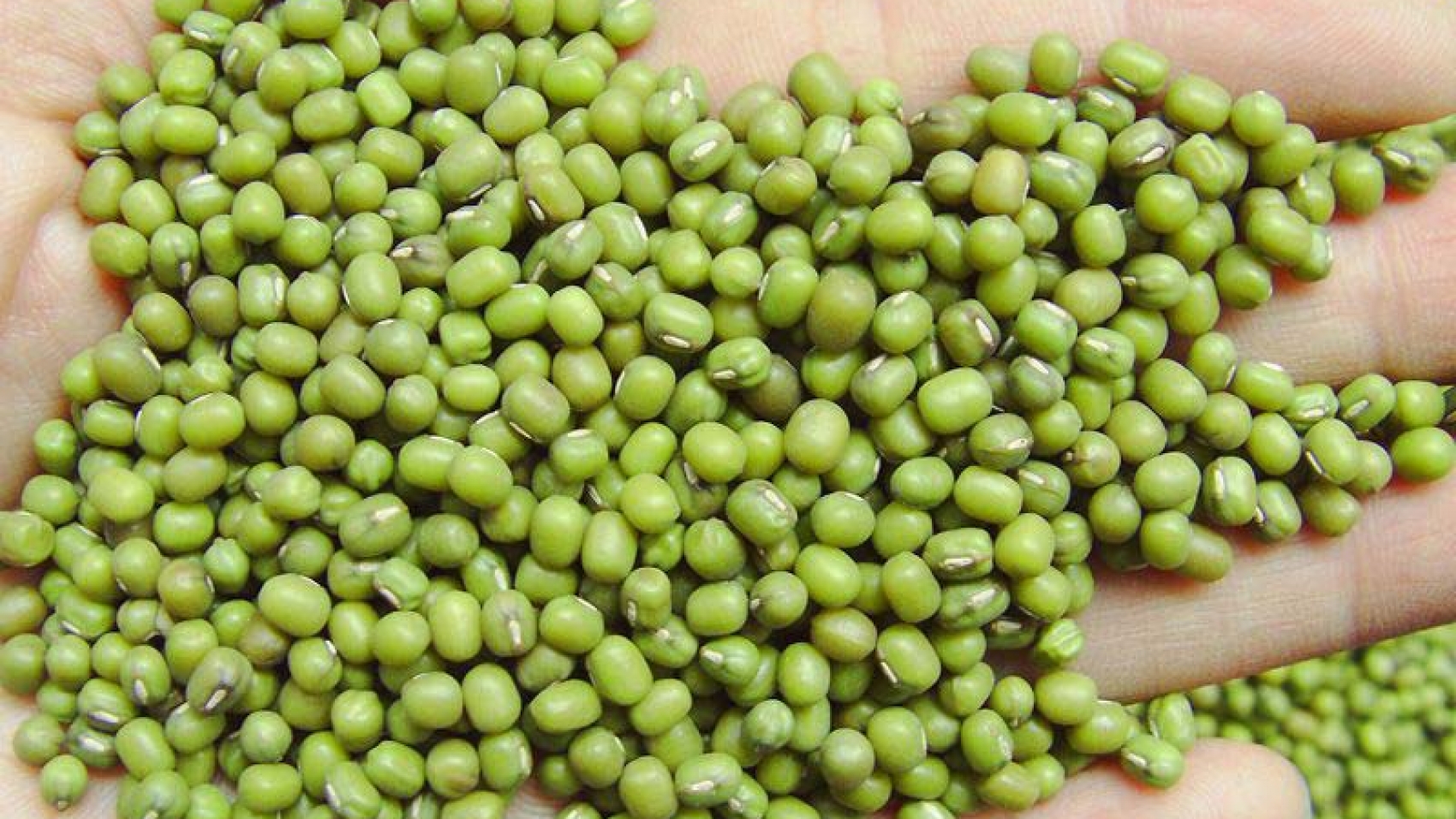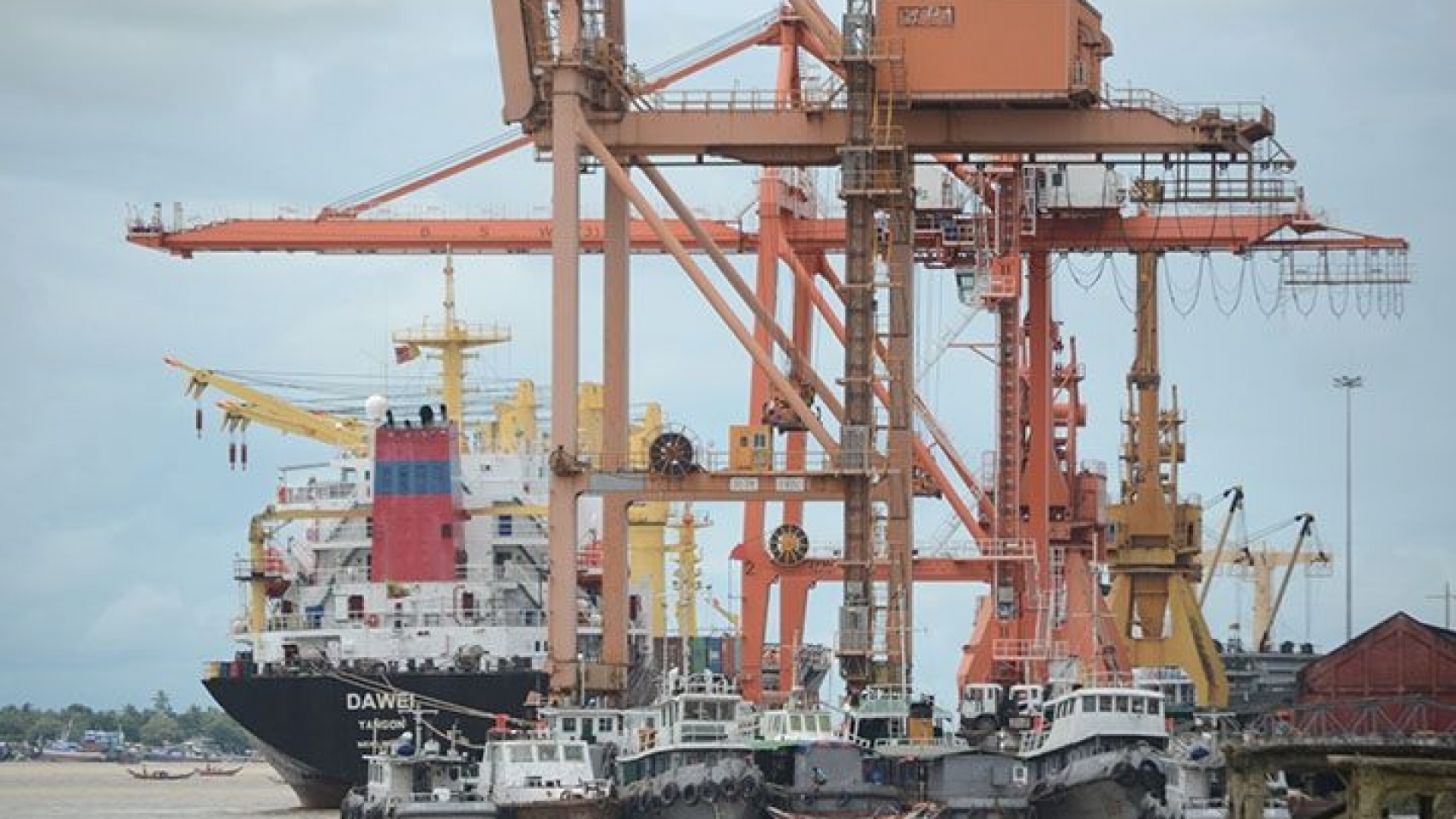The shipping rates and the container cost are rocketing in maritime trade amidst the COVID-19 pandemic, posing the toughest hurdles for rice exporters, said U Than Oo, secretary of Bayintnaung Rice Wholesale Centre. The shipping rates and container cost dramatically surged by four to ten times higher than previous freight rates. The traders are financially not doing well with the purchase price from foreign trade partners for now. Consequently, they halt trading for a while. They cannot sell the rice at the prevailing market price, in terms of Cost, Insurance, and Freight (CIF) and agreement.
They cannot bear the exorbitant freight rates when the ships are docked at the port. The spikes in shipping cost amid the pandemic-induced container shortage scaled down the imports as well. So, the arrivals of the container ships declined. It somehow hurt the export sector. When the traders hire the ships with competitive pricing, it pushed up the freight rates. They cannot make profit with high shipping costs. This being so, trading is suspended at the present time.
Additionally, container shortage problems also hinder trading under the Free on Board (FOB) agreement. The goods are stockpiled in the warehouse as the ships rarely arrive. As a result of this, rice shipment to the southeast Asian nations and European countries came to abrupt stop. Myanmar is constantly delivering rice and broken rice only to Bangladesh, according to Bayintnaung Rice Wholesale Centre. Moreover, limiting cash withdrawal from the banks is a contributing factor to the money transaction problem in rice trade. Earlier, about 80,000 bags of rice and broken rice were daily traded at the Bayintnaung Rice Wholesale Centre, whereas only 30,000 bags are traded for now.
Source: The Global New Light of Myanmar





